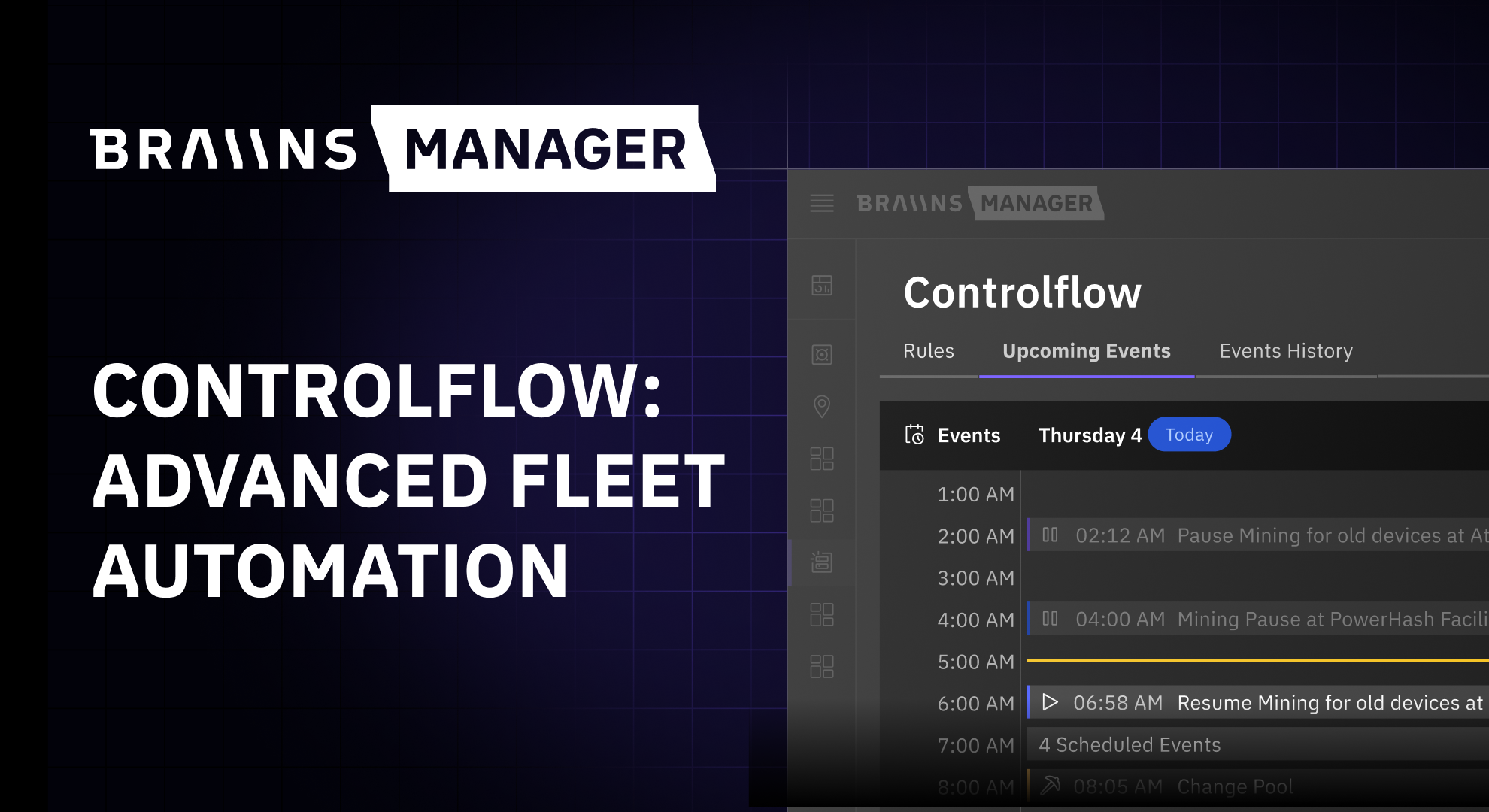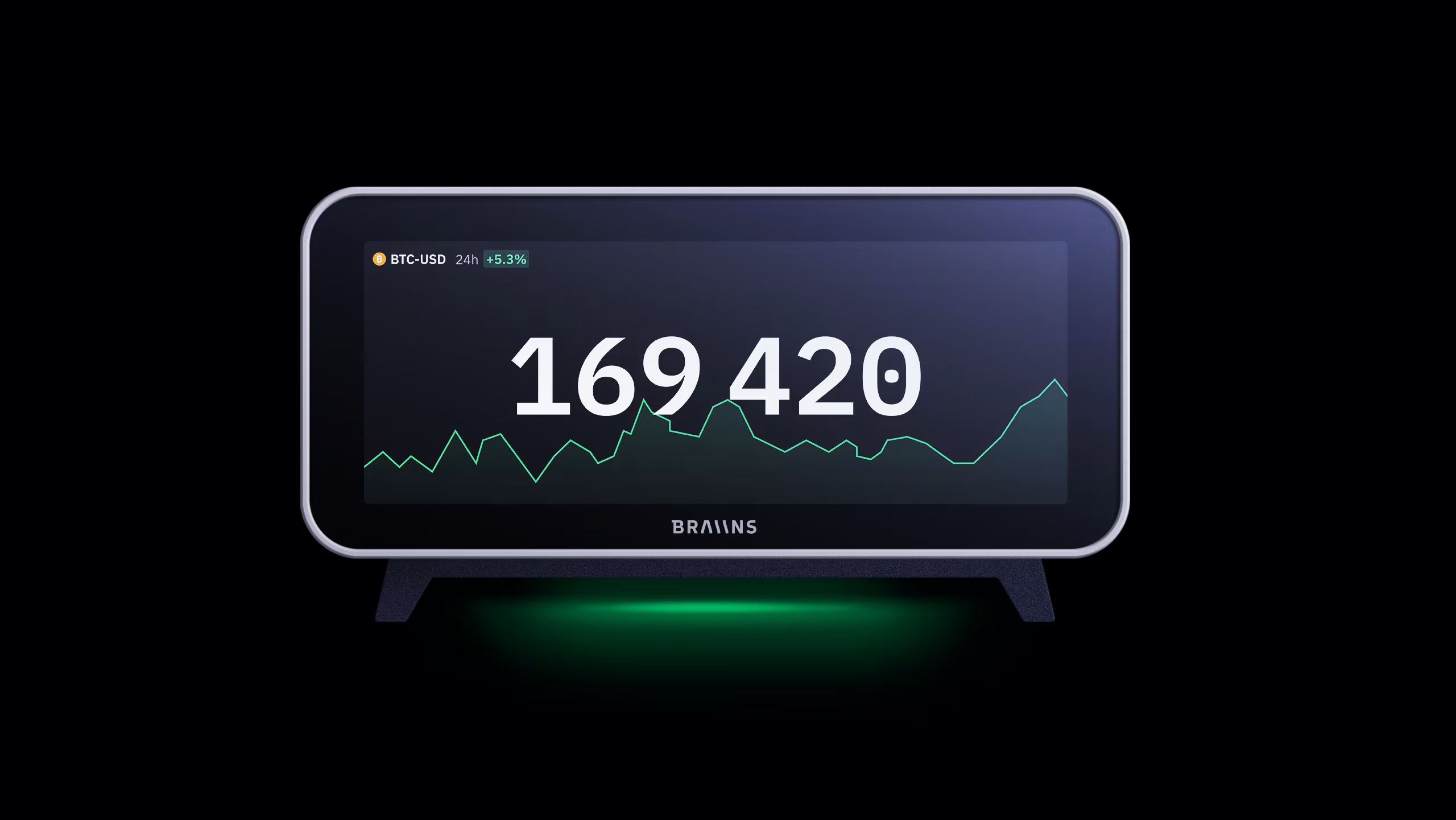Transaction Fee “Luck” for Bitcoin Miners
Published
28.11.2022
The future of variance risk and hedging for bitcoin miners and mining pools as transaction fees become increasingly important for miner revenue over time.

Table of Contents
This article was written for the Braiins blog by our Director of Research & Insights, Daniel Frumkin.
In the year 2022, transaction fees have made little difference in bitcoin mining profitability. According to our data on Braiins Insights as of November 21st, the average transaction fee amount per block over the past year is 0.095 BTC—a mere 1.5% of the total block reward. Needless to say, fees haven’t been much of a liferaft for miners as they’ve watched BTC price sink and network difficulty climb throughout the last several months.

So, as many miners fight to avoid bankruptcy and live to hash for another day, what better time than now to distract ourselves with some speculation about what future bitcoin miners might be doing to survive in 10, 20, or even 50 years?
And no, we won’t be discussing the sustainability of transaction fee revenue in this article, but if you’re interested in that you can check out Understanding Bitcoin’s Fee-Based Security.
Prerequisite Knowledge: Block Finding “Luck”
Most miners today are familiar with the concept of luck. It is another word for the variance in block finds that mining pools and solo miners experience relative to their expected block finding cadence given their hashrate and the network difficulty.
As a quick example, let’s say that a mining pool has a static 10% market share of total network hashrate. This means that they are expected to find 1 of every 10 blocks, or 1 block per 100 minutes given a 10-minute average block time. If they find exactly 1 block per 100 minutes, they have 100% luck. If they find more than 1 block per 100 minutes, they are “lucky” and have earned more BTC than expected. On the other hand, finding less than 1 block per 100 minutes is “unlucky” and means that they earned less BTC than expected.
In short time periods (days to weeks), it’s quite common for luck to fluctuate significantly. Over long time periods (months to years), luck balances out towards 100%. For miners who don’t want to stomach this short-term variance, many mining pools today offer a reward system called FPPS (Full Pay-Per-Share) that pays miners according to the expected value of their hashrate, regardless of the actual blocks mined by the pool. In this system, the pools are taking on all the short-term variance risk, which requires deep BTC reserves to remain solvent through bad luck periods.
In case you’re interested in a more thorough lesson, our Mining Pools Explainer should get you fully up to speed.
Transaction Fee “Luck”
Hidden inside of block finding luck is another form of variance that gets about 0.01% of the attention: transaction fee luck. This refers to the fullness of the mempool at the time of a block find and the resulting amount of transaction fees contained in that block relative to other blocks in the same time period.
In the context of transaction fee luck, finding a block very quickly after the previous block was found is “unlucky” because it will result in relatively lower fees, assuming the miner of the previous block included the highest-fee transactions possible. To the contrary, finding a block after a long network-wide block finding drought is “lucky” because it gives the mempool time to fill up with higher-fee transactions as users compete to get included in the next block.
For example, let’s look at transaction fee luck for some blocks between Block #764132 and #764145.

The average block value in this stretch is 6.44 BTC, or approximately 0.19 BTC average transaction fees per block. Although there are no block durations particularly close to 10 minutes (the closest is Block #764141, 6:27 after the previous block), the average 1-block duration is still very close at 10:11. And do we find any relationship between long block durations and higher transaction fees?

The answer is a resounding yes.
By far the most valuable block in the batch, #764136, had an extremely long 1-block duration at 59:19 and racked up ~0.456 BTC of fees—over double the average. Even though it was followed by a block just 4:33 later, there were enough high fee transactions leftover in the mempool to make that block the 2nd highest value in the batch with ~0.297 BTC of fees. The 2nd, 3rd, and 4th longest 1-block durations resulted in the 3rd, 4th, and 5th highest block values.
On the other end of the spectrum, the shortest block durations resulted in the lowest value blocks. 5 blocks were found within 3 mins of the previous block, and these 5 blocks rank as the 1st, 2nd, 3rd, 4th, and 6th least valuable in the batch.
Side note: you may have even noticed a -3 second block duration for Block #764145… this is because the timestamp does not need to be exact, and modern-day miners actually alter it in 1 second increments on purpose to expand their search space in a process known as nTime rolling, providing more combinations to hash with each nonce (nonce range * ntime range). This makes our block durations imprecise, but chances are that our error margin isn’t more than a few seconds.
The Future: Hedging Transaction Fee Variance
Today, with transaction fees accounting for so little of total block rewards, block finding luck reigns supreme as the only luck metric that really matters. But as we progress through more halving epochs, will transaction fee luck begin to play an important role in mining economics?
Let’s fast forward to the year 2034, when the block subsidy has halved 3 more times and sits at 0.78125 BTC. Supposing that transaction fees don’t increase at all in bitcoin terms from the blocks analyzed above, what would be the difference between the luckiest and unluckiest transaction fee blocks?

In the (current) 3rd halving epoch, the greatest percentage difference from the average block value is 4.11%. In the 6th halving epoch, the same difference in transaction fee values results in 5 of the 14 blocks having over 10% difference from the average block value, and the 4.11% difference from Halving Epoch 3 becomes a 27.24% difference in Halving Epoch 6.
And if we fast forward another 3 halvings…

In this hypothetical scenario, transaction fee variance matters a whole lot—total block values are > 20% away from the average in 10 of 14 blocks. However, I don’t see this extreme level of block value volatility as particularly realistic.
For bitcoin to still exist and be significant in 12 or 24 years, it will almost certainly have a much larger user base than it does today, resulting in far more consistent and substantial demand for block space. This should minimize the difference in block values between a 1 minute and a 20 minute block duration. On top of that, the way that we use the bitcoin blockchain will likely evolve towards more final settlement of large transactions and fewer time-sensitive small payments, as those will mostly happen off-chain.
These factors would result in less short-term variance in transaction fee amounts, preventing the occurrence of partially-full blocks that sometimes get mined today when many blocks are found in quick succession.
Still, miners of the 2030’s and beyond will want to reduce their exposure to transaction fee variance as much as possible. The two most likely ways they would do so are:
- Hashrate forwards and hashvalue / hashprice futures - miners can lock in their revenue weeks or months into the future with hashrate forward contracts and hashprice futures; where futures and forwards would primarily hedge BTC price volatility and difficulty increases today, they may primarily be hedging transaction fee volatility in the future, assuming that BTC price and difficulty will stabilize considerably as bitcoin grows.
- Out-of-band payments - miners can ensure more stability in their revenue by making agreements with block space consumers (e.g. exchanges) to include their transactions in blocks for a subscription-type fee paid separately. Subscribers would limit their risk of paying higher transaction fees in the future if block space demand increases, while miners would limit their risk of shrinking revenue in the future if demand decreases. For more detailed analysis of this, read Stratum V2: Migration and Decentralization.
The biggest question mark for the long-term future in my mind is at the mining pool level. It’s already very difficult to run a mining pool, especially in the FPPS era that requires deep reserves to withstand bad luck periods. Transaction fee luck simply increases risk for pool operators with FPPS, potentially by a significant amount considering some of the numbers in the % Difference from Average column of the Halving Epoch 9 table.
Importantly, this variance risk is different from the risk that miners themselves want to hedge. Miners care about hashvalue (BTC/PH/s/day) and hashprice ($/PH/s/day) revenue, as it’s what sets their top line. For this, miners of the future will likely be able to hedge with hashvalue and hashprice futures, physically delivered hashrate forwards, and non-deliverable hashrate forwards. Pools care about this as well, but it’s not as important as hedging the risk of owing the miners in the pool more BTC than the pool actually mined due to variance. Pools can do everything by the book and still become insolvent if their reserves are not deep enough to withstand bad luck, especially if they have bad block finding luck and bad transaction fee luck at the same time.
To the extent that pools can gain stability with out-of-band payments, they will have to figure out how to transparently pass along most of this revenue to miners in the pool to remain competitive against other pools. Hashvalue and hashprice would not be uniform values for all miners and pools anymore, as the off-chain fees miners receive won’t be factored in. This leaves us with a few questions for which I don’t have the answers.
What might the pools of Halving Epochs 6+ look like? Will FPPS still be the standard? Will pools pay each of their miners according to the value of the block templates they work on (Stratum V2), or will the “full” portion of FPPS still be based on a 24-hour moving average of transaction fees per block? Will MEV (miner extractable value) and out-of-band payments become commonplace on bitcoin?
Only time will tell. Tick tock, next block.
Appendix
For good measure, here are some more recent examples of good and bad transaction fee luck.




Categories
Be the first to know!
Read Privacy Policy.
Most Recent Articles
.png)
The Best Bitcoin Conferences & Events of 2026
29.12.2025

Introducing Controlflow: Advanced Automation in Braiins Manager
9.12.2025



